Top 5 Measuring Tools Every Homeowner Should Have
Date Posted: 19 March 2021
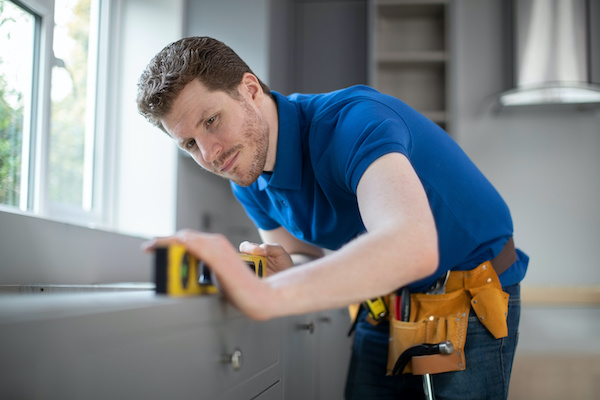
When you think about the most common DIY tasks, they typically include cleaning, cutting, using a saw, and painting. You may have performed repairs for your leaky kitchen, bathroom pipe, or clogged waste disposal. But many homeowners forget that there is one thing that they usually do when performing various DIY jobs: measure.
Whether you are building new benches or custom furniture or even doing some tiling and flooring work, you need a measuring tool.
Every serious DIYer should have appropriate measuring tools for a wide variety of projects. While you can always turn to your trusty rulers and tape measures, there are others more that should be ready at your disposal.
Here are the top five measuring tools you should have:
1. Callipers
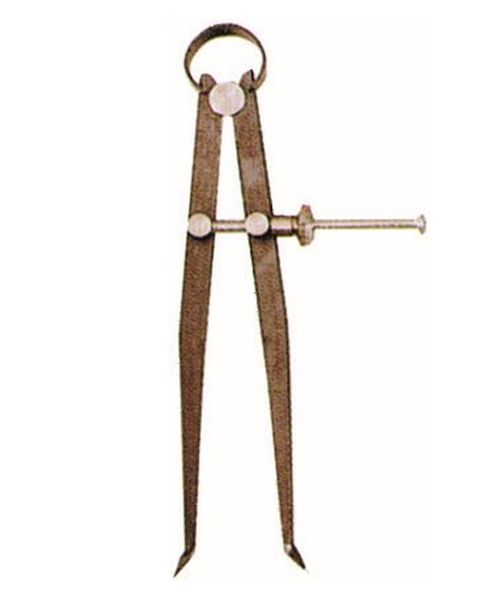
A calliper (or caliper) is a measuring instrument with two legs or jaws that you can adjust easily. You use a calliper to know the dimensions of a certain object or material you are working on. There are various types of callipers that can help you in furniture-making, metalworking, woodworking, and other DIY tasks.
The KC Tools Inside 200mm Calliper is a type of spring calliper that has an adjustable screw and nut. It is an inside calliper, which means you use it to measure the diameter or distance of the holes between surfaces. The opposite is called an outside calliper, which is used for measuring the thickness and outside diameter of an object. Another type is called a firm-joint calliper, which remains in place using friction at its joint.
To use this tool for checking the dimensions of an item, you will need to adjust the callipers to the required measurement with a standard hole gauge or ruler.
The easiest method is through a digital calliper, such as this instrument from SP Tools. It can give a highly accurate reading of the distance measured.
2. Laser Levels
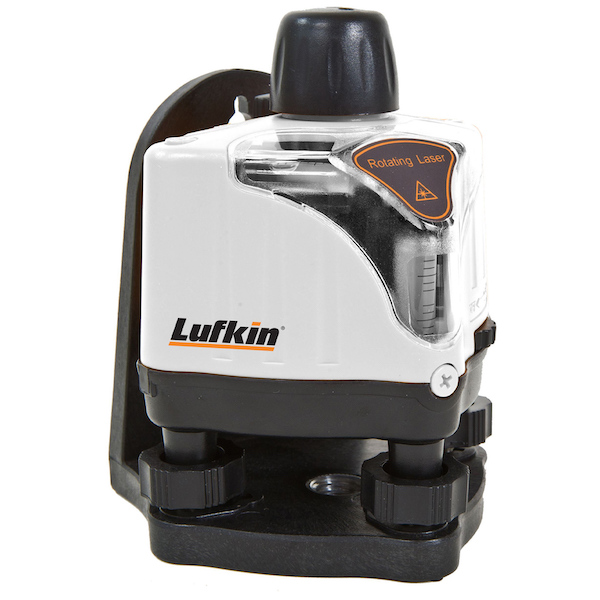
You do not need to be a construction professional or engineer to use a laser level. As a dedicated DIYer, having a laser level in your workshop is beneficial. Laser levels are used to perform an accurate level reference. You can use this measuring tool when you are looking to instal ceiling tiles or chair railings in your dining room. A laser level is also helpful for those working on receptacles for power.
Laser levels can also be used for smaller and simpler tasks. You can use this tool for hanging pictures, making sure that everything is on the right level across the living room wall. It's also efficient for aligning shelves, trim, and cabinets, as well as decks and porches to check their levelling. For a more accurate measurement, you can use a tripod for aligning chair rails and installing them.
There are various types of laser levels, including rotary laser, which is often considered a manual tool. It emits a line in a rotary way around the whole room in 360 degrees. Since this type of laser is a bit larger, it's recommended to mount it on a surveying tripod. The Crescent Lufkin Laser Rotary Level is an example of this type of measuring tool and projects three beams with variable rotation speed.
Another type is a line laser level, which means it projects lines. The Crescent Lufkin 360-degrees Multi-Line Laser Level is a self-levelling tool that projects vertical and horizontal lines. It's perfect for installing tile, drop ceiling, and cabinetry.
3. Spirit Levels
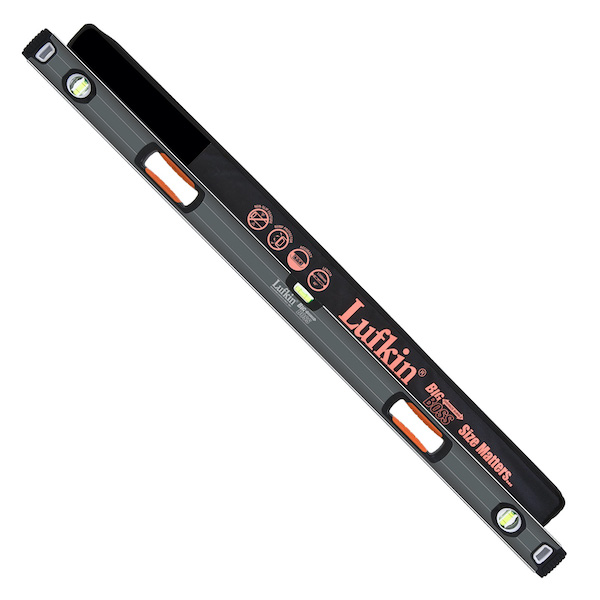
A spirit level is one of those homebuilding tools that make your DIY tasks much easier. No handyman or builder should go without one. A spirit level is used to figure out the horizontal and vertical planes for a variety of projects around the house.
There are different designs and sizes for this tool. When buying a spirit level, always check the vial, which is made of either glass or plastic. The vial has a coloured liquid with a bubble of air, which moves horizontally or vertically.
The accuracy of the tool will depend on the quality of the product. The Crescent Lufkin LBBL120 1200mm Big Boss Spirit Level offers 0.5mm/m accuracy, which means it is highly precise. It also comes with three vials and a big centre bubble, which gives you a clear reading when using the tool.
To use the spirit level, make sure that it is properly positioned in the centre. Place it on a stable surface. If the plane you're working on is uneven, you can add a straightedge on top. You can then position the spirit level on the straightedge. Look at the bubble and see if it stays between the graduation marks. Using a spirit level correctly will allow you to make the necessary adjustment when creating a perfectly level project.
4. Squares
A square is a measurement device with two straightedges. It's a ruler but gives 45 and 90-degree angles. Many carpenters, tailors, and machinists use a square to ensure that they have the right angles correctly. Depending on the type of square, the tool can be used to draw lines on materials before you cut them. It's also helpful in locating holes.
One type of square is the precision steel square, which is often used by machinists. Another is the combination square set, which comes with a steel ruler and some attachments. These attachments are used with the steel ruler, sliding and clamping one of them to the ruler. The most popular extensions are the centre head, square head, and protractor.
The centre head has two legs at right angles to each other, overlapping with the ruler in a way that one of the ruler's edges intersects the right angle. The edge of the ruler is often used as a guide when they are in contact with a circular cylinder. It's useful when you need to draw a diametral line.
As for the protractor, it is one of the most commonly used attachments. It has a blade that you can set at any angle with respect to the ruler's axis.
Aside from the protractor and other attachments, many people know about the T-square. It is a T-shaped tool that you use to establish a horizontal reference when drafting. This instrument is often referred to as a drafter's square because it is often used on a drafting table for drawing horizontal lines. With this tool, you can measure drywall and even cut it, provided that you have the appropriate type. It should be made of aluminium and with a 1,200mm tongue.
An L-square is also relatively popular, which is also known as a tailor's square. It is one of the most basic types of rulers for pattern making. With this tool, you can create 90-degree angles, as well as straight edges.
5. Tape Measures
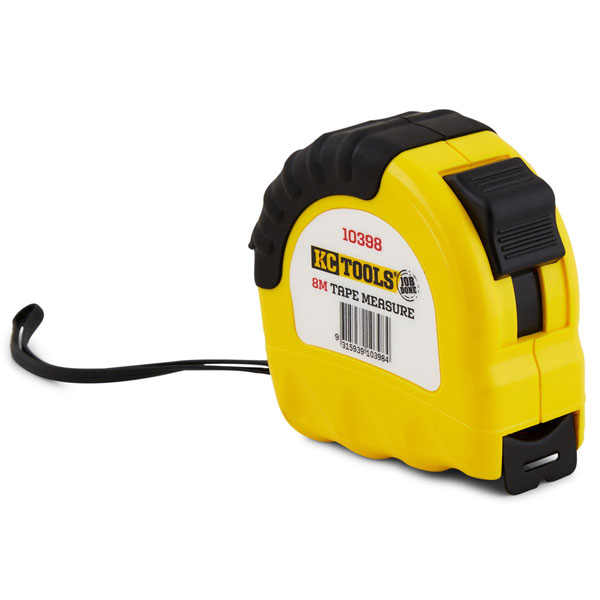
Finally, we have the tape measure, which is one of the most straightforward measuring tools out there. You cannot have a worn-out tape measure because every number counts. That is why you should always have this tool ready when you are in for some serious work. Some tape measures are the rudimentary types, which you use for measuring just about anything.
However, there are many options today when you are searching for a new tape measure. Make sure that it has a sturdy hook. Some tape measures can retract easily and quickly after use. You can attach the hook to an edge and keep measuring, allowing you to extend up to a certain length. You will typically find a seven or eight-metre tape, which hits the sweet spot because of its adequate size.
You can always find something else that is longer, but those options tend to be bulky. Also, it is very rare that you will be working on a DIY project that is longer than eight metres.
Do You Have the Necessary Tools?
The five measurement tools above should not be an afterthought as you compile the instruments you will use for your workshop. Measurements are necessary and almost always required in every DIY task. A single error in measurement can cause a huge and often devastating effect on the entire project. Have the tools above in your workspace.
To see the measuring tools that we have here on The Grit, click here: https://www.thegrit.com.au/tools/measuring/.
